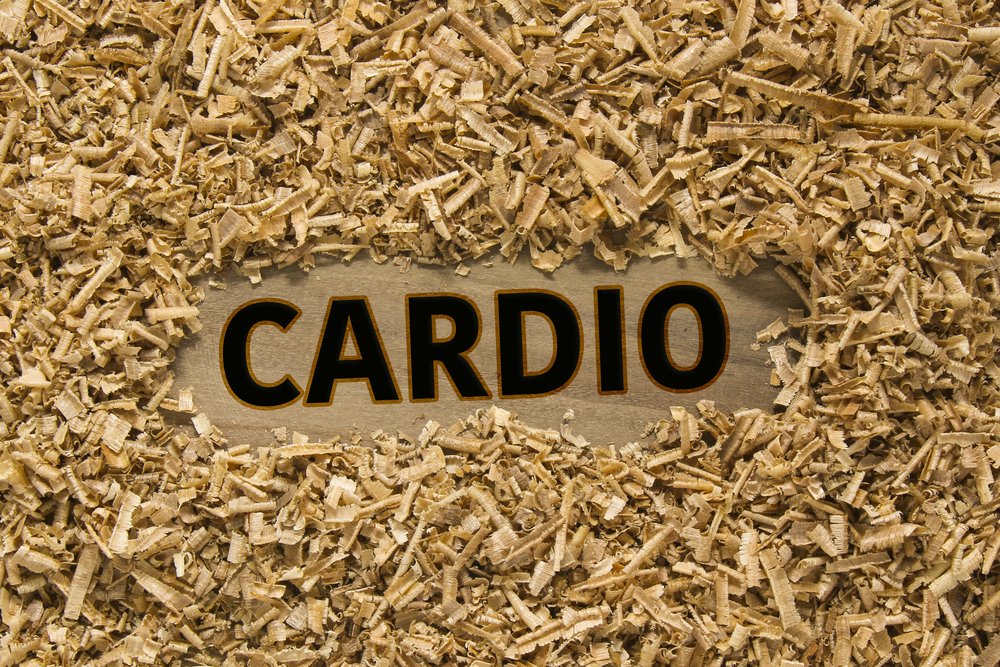Arq. Bras. Cardiol. 2023; 120(9): e20230630
The Right Way to Identify Bad Cardiorespiratory Fitness: Look to the Right
This Short Editorial is referred by the Research article "Right Ventricular Function and Exercise Tolerance in Patients with ST-Elevation Myocardial Infarction".
The right ventricle (RV), previously known as the forgotten ventricle, is progressively gaining attention as a strong indicator of poorer prognosis in heart disease., Besides prognostic implications, RV dysfunction is associated with worse cardiorespiratory fitness (CRF), independently of other anatomic and functional variables., Unfortunately, the current treatment strategies for RV failure do not confer the same clinical and prognostic benefits of the left ventricle (LV) failure,, which limits its management and warrants new treatment strategies.
Ramirez et al. accessed this important topic by studying the RV function on 109 patients with ST-elevation myocardial (STEMI), its association with CRF, and its improvement after cardiac rehabilitation (CR) in a single center in Monterrey, Mexico. Their primary goal was to evaluate the association between RV function and CRF in this population, and the secondary objectives were to analyze the CRF before and after a program of CR in patients with or without RV dysfunction. They evaluated exercise tolerance through cardiopulmonary exercise testing and RV longitudinal function through echocardiographic measurement of the S’ Doppler wave of the tricuspid annulus and the tricuspid annular posterior systolic excursion and RV radial function through RV fractional area change. The population was mainly male gender (83%), with anterior STEMI (55%), median LV ejection fraction of 49%, and normal RV function (90%). They have shown an association and correlation between RV radial and longitudinal dysfunction and CRF before and after CR. The main finding is that RV dysfunction evaluated after STEMI and before CR, being radial or longitudinal, was associated with a lack of improvement of at least 1 Metabolic Equivalent Task after a program of CR (p = 0.028 for RV radial dysfunction and p = 0.008 for RV longitudinal dysfunction). The authors concluded that RV dysfunction in STEMI patients is associated and correlated with poorer exercise capacity and functional class before CR and that CR improved CRF. This helps to identify a subgroup of patients with a higher risk of being symptomatic, with a worse prognosis and possibly better candidates for CR.
[…]
242

